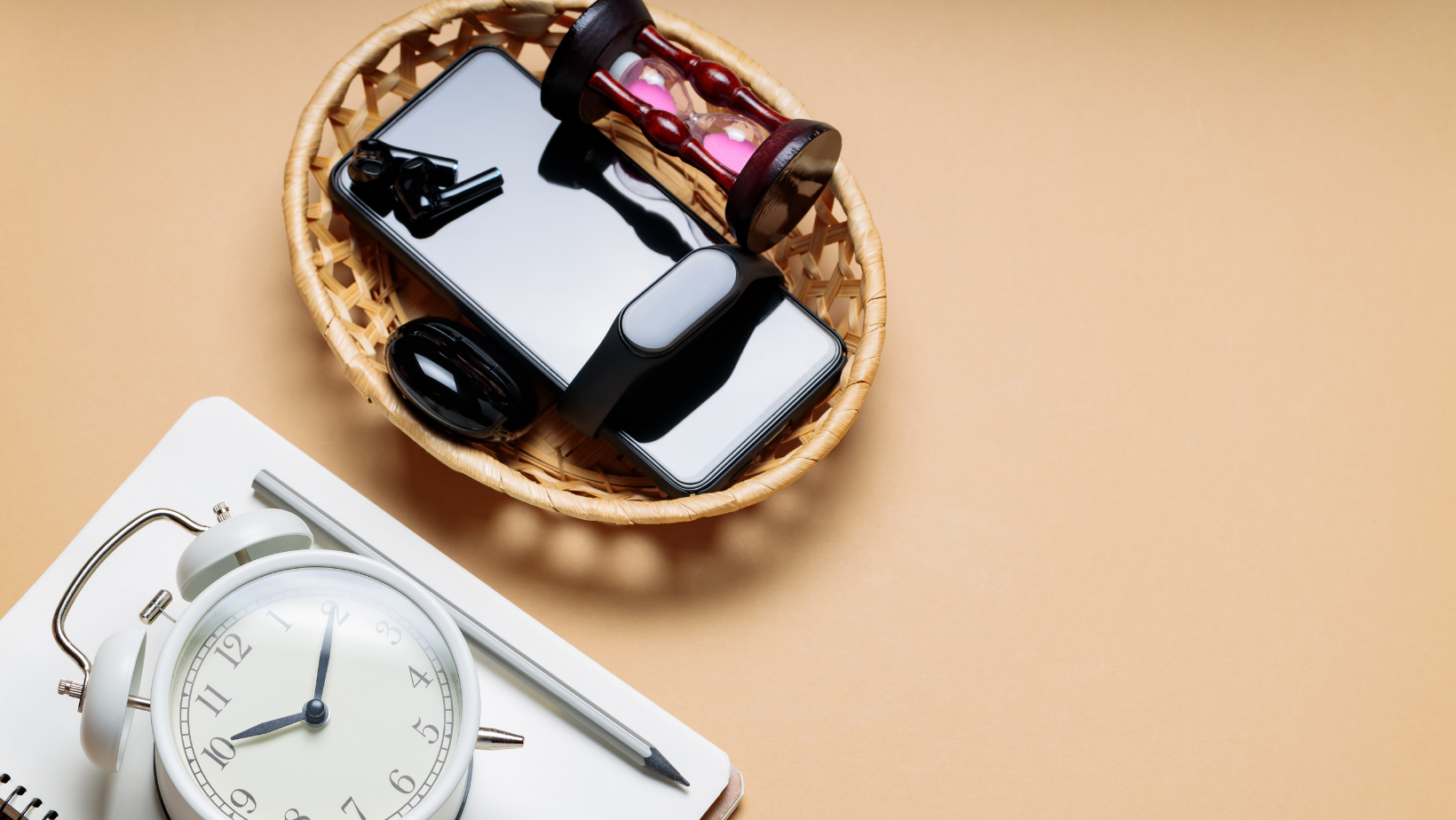
Digital escapes are short, intentional breaks where you pause to reset. They don’t take much time or effort but can make a real difference. These small moments offer quick emotional boosts that help you feel more present, balanced, and recharged throughout the day.
Why the Little Things Matter
Our brains tend to focus more on the bad than the good, a built-in negativity bias that once kept us alert to danger but now often drains our mood. That’s why the little things, a kind word, sunlight through a window, can make such a difference. Noticing them helps shift our mindset toward balance. Even something light and fun, like exploring a game on www.stellarspins.fun, can spark a moment of joy. Psychologists call this savoring – fully enjoying simple moments like your morning coffee or a quick laugh. Studies show it boosts happiness and lowers stress by extending those good feelings just a bit longer.
Micro-Breaks & Digital Escapes
Micro-breaks are short pauses, usually 5 to 15 minutes, that let you step away and recharge with something uplifting. It could be watching a calming nature clip, jotting down things you’re grateful for, or playing a quick online game. These little breaks help reset your mind and lighten your mood.
A study from the UCSF Big Joy Project showed that taking just 5 to 10 minutes a day for small acts, like watching a feel-good video or doing something kind, led to better moods, less stress, and more sense of control, especially for people under pressure.
These moments are digital escapes – brief, intentional breaks that give your brain a breather. They’re like tiny reboots for your energy and emotions, whether online or offline.
Benefits of Digital Breaks
Stepping away from screens, even briefly, can clear your mind and ease anxiety. It gives your brain space to breathe, helping you process thoughts and find calm.

Short breaks also improve focus and productivity. When you pause between tasks, you’re less likely to feel drained and more likely to stay sharp when you return to work.
These little moments of joy add up, building emotional resilience. They make it easier to bounce back from stress and stay mentally strong over time.
And let’s not forget the physical perks: less screen time means fewer headaches, less eye strain, and better posture. Plus, limiting evening screen use can lead to better sleep thanks to reduced blue light exposure.
Digital Escape Ideas
Need a quick mental reset? Start with mindfulness apps like Headspace or Calm. These apps guide you through short breathing sessions or meditations that help you slow down and be present.
Nature videos or VR clips are another great option. Just a few minutes of ocean waves, forest walks, or birdsong can help your brain relax almost like the real thing.
If you want a break from screens, go hands-on – doodle, write in a journal, or try a “papertarian hour” where everything’s offline and tactile.
Build little rituals to look forward to, like your favorite song with morning coffee or a kind message sent before bed. That sense of anticipation, called vorfreude, can actually boost your mood even before the moment happens.
How to Fit Digital Escapes Into Daily Life
Make it doable. Take 5-minute breaks during the day, no pressure. Set app timers or choose a few screen-free zones, like breakfast time or right before sleep.
Pay attention to what works. Track your habits using phone tools or simple notes to spot when you need a break most.
Mix digital and real-world moments, watch a calming clip, then stretch or take a short walk.
Tie escapes to routines: try a gratitude app after meals or a short nature video before bed.
And above all, keep it flexible, these moments should feel good, not like another to-do.



